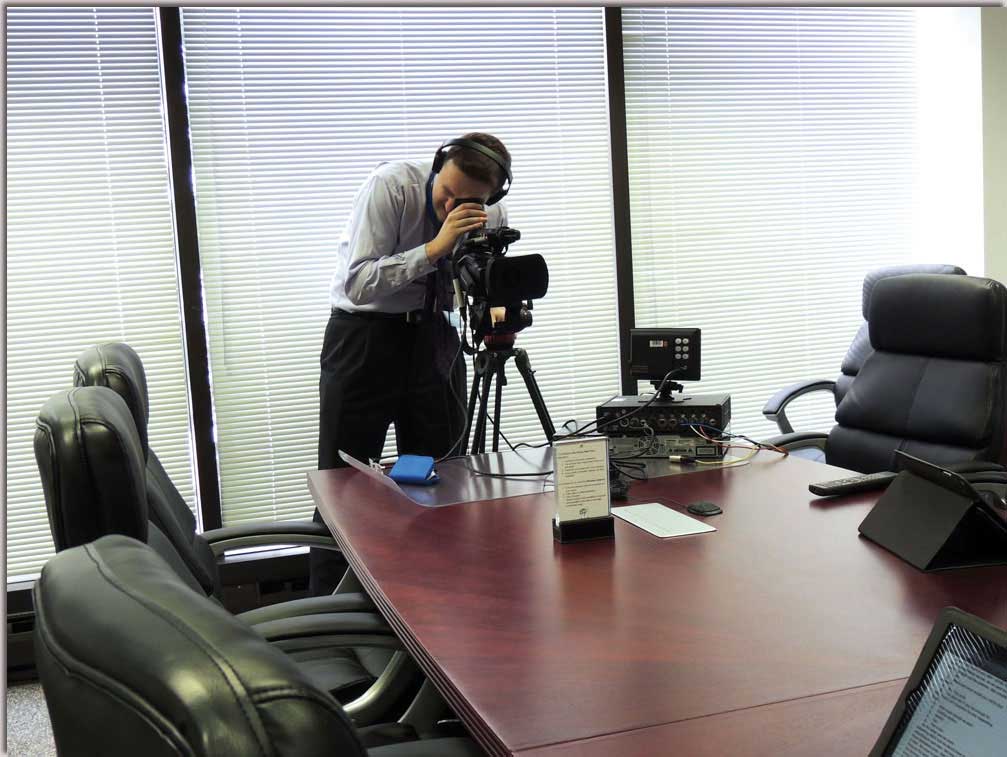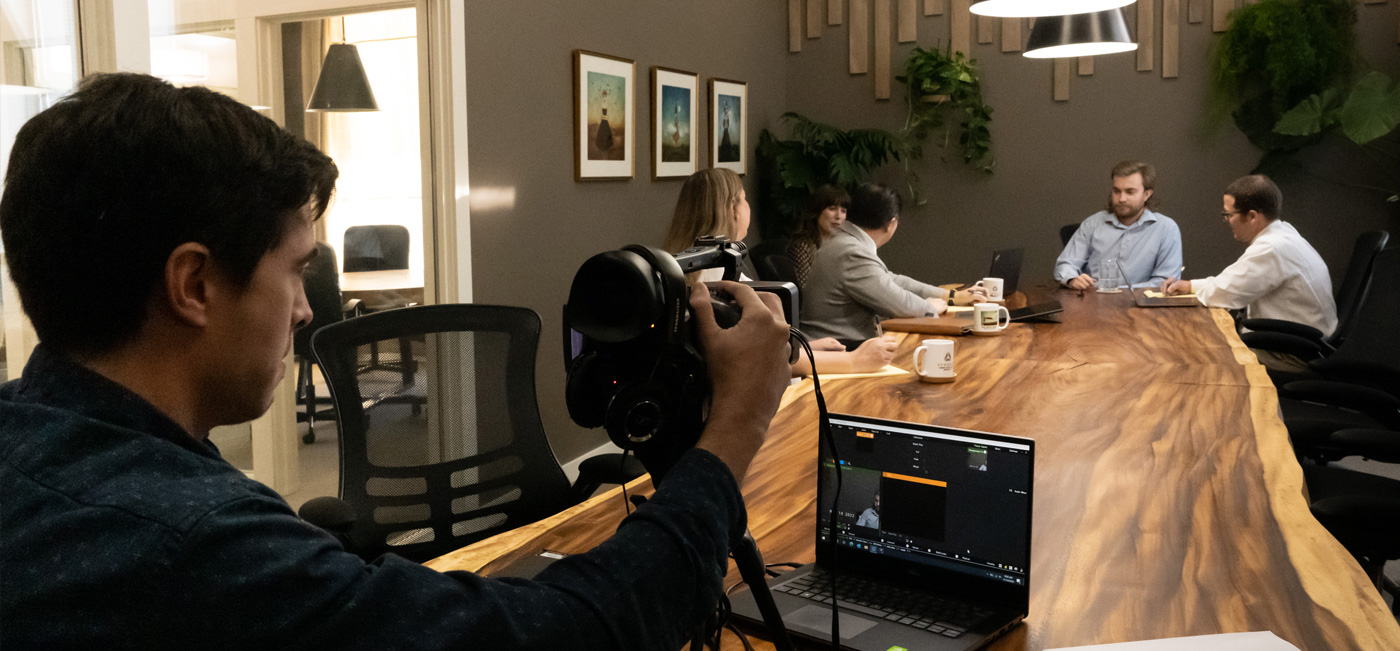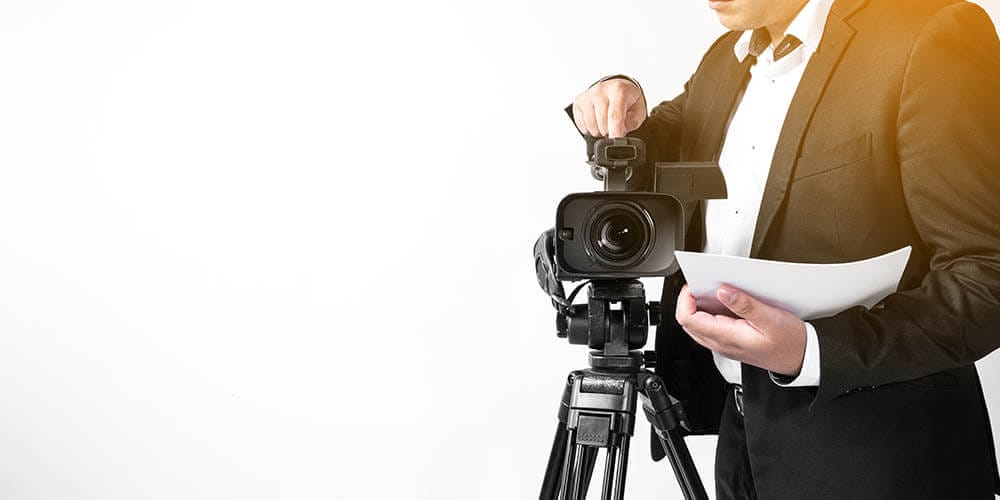The Function of Legal Videography in Modern Legal Proceedings
Wiki Article
Looking Into the Systems of Lawful Videography: Unveiling Its Procedure in Shielding Authentic Visual Testimony for Judicial Process
In the world of judicial process, the duty of legal videography stands as a cornerstone in preserving and offering visual proof. As innovation continues to advance, the systems behind lawful videography have actually come to be increasingly elaborate, using a vital layer of credibility to testimonies captured on video. By delving into the functional intricacies of legal videography, one can uncover the careful procedures that safeguard the integrity of aesthetic evidence presented in courts - Legal Videography. This expedition not only sheds light on the historic development of legal videography yet additionally means the future fads that might additionally revolutionize just how visual statements are upheld in the realm of justice.Historic Advancement of Legal Videography
Analyzing the historic development of legal videography exposes a significant improvement in the catching and presentation of visual evidence within the legal landscape. In the past, lawful proceedings heavily relied upon composed photos and transcripts to record events and provide proof. Nevertheless, with the introduction of video innovation, the legal industry experienced a standard shift in how aesthetic testament was captured and offered.The evolution of lawful videography can be mapped back to the late 20th century when advancements in video recording devices made it extra available for usage in court rooms. This technological innovation not only enhanced the accuracy and dependability of visual evidence but also reinvented the way cases were provided to courts and courts (Legal Videography). Attorneys started to acknowledge the persuasive power of video clip recordings in sharing feelings, subtleties, and non-verbal hints that written records or pictures alone could not record efficiently

Technology Innovations in Video Clip Documentation
What key technological improvements have changed video clip documents in the lawful area? The lawful area has seen considerable innovations in video documentation modern technology that have actually improved the authenticity and reliability of aesthetic evidence in judicial procedures. Among the crucial developments is high-definition (HD) video clip recording capacities, which offer crystal-clear photos and sharp information that are vital for accurately capturing statements, facial expressions, and other visual cues. In addition, the combination of timestamping and metadata attributes in video documents tools has made it possible for accurate documents of when and where the video clip was videotaped, guaranteeing the honesty of the proof provided in court.Additionally, advancements in video security and watermarking innovations have boosted the security and tamper-proof nature of video clip evidence, securing it versus unauthorized alterations or meddling. The arrival of cloud storage services and remote gain access to abilities has structured the storage space, access, and sharing of video clip proof, promoting smooth collaboration among legal professionals and guaranteeing effective access to vital aesthetic statements when required. These technical improvements in video clip paperwork have most certainly changed the lawful area, boosting the precision, reputation, and admissibility of aesthetic proof in judicial procedures.
Function of Legal Videographers in Courtroom Settings
The evolution of video clip documents innovation in the legal area has necessitated a critical role for legal videographers in courtroom setups, guaranteeing the stability and dependability of visual testaments presented throughout judicial procedures. Lawful videographers play an essential function in catching and preserving accurate visual evidence that can be critical in court situations. Their duty extends to establishing tools, videotaping proceedings, and creating top notch video clips that properly show the occasions in the courtroom.
Furthermore, lawful videographers frequently work very closely with legal groups to ensure that the video clip proof lines up with the case's requirements and can be efficiently offered in court to support the lawful disagreements being made. Overall, the role of legal videographers in courtroom settings is important in maintaining the concepts of justice and making certain the openness of lawful proceedings. Legal Videography.

Ensuring Admissibility and Stability of Video Clip Evidence
To maintain the credibility of visual evidence provided in lawful procedures, making certain the admissibility and stability of video clip proof is an essential responsibility for legal videographers. Admissibility describes the approval of evidence by the court, and for video evidence to be permissible, it must satisfy certain requirements. Legal videographers play a critical role in guaranteeing that the video clips they record follow the policies of evidence, such as significance, reliability, and authenticity.Honesty of video clip evidence includes maintaining click reference the originality and see here accuracy of the video from the time it is recorded till it exists in court. This includes safely keeping the video documents, recording the chain of wardship, and preventing any kind of tampering or changes. Lawful videographers should follow strict procedures to assure the integrity of the video evidence and protect against any challenges to its credibility.
Future Trends in Legal Videography
Given the raising dependence on technology in lawful proceedings, legal videographers are poised to welcome ingenious innovations forming the future of aesthetic statement capture and presentation. Among the famous fads coming up is the assimilation of virtual truth (VR) and enhanced truth (AR) modern technologies right into legal videography. These modern technologies have the possible to reinvent how aesthetic evidence is presented in court rooms, allowing courts and judges to submerse themselves in the scene of the criminal offense or incident.In addition, the use of artificial knowledge (AI) algorithms for video analysis is expected to streamline the process of reviewing and examining huge amounts of video clip footage. AI can assist in determining vital moments, abnormalities, and patterns within videos, improving the performance of legal examinations.

Verdict
In final thought, legal videography has actually played an essential duty in offering genuine visual proof for judicial process. With technical advancements and the expertise of lawful videographers, the stability and admissibility of video clip evidence are made certain in court room settings. As lawful videography continues to advance, it will be vital to support requirements that preserve the accuracy and integrity of aesthetic testament for the future of legal procedures.Checking out the historical progression of lawful videography link exposes a considerable transformation in the capturing and discussion of aesthetic proof within the lawful landscape.The evolution of video clip documentation innovation in the lawful area has actually demanded an essential function for lawful videographers in court room settings, making sure the honesty and reliability of aesthetic testaments presented during judicial procedures. Furthermore, lawful videographers usually work closely with legal teams to guarantee that the video evidence lines up with the situation's demands and can be successfully provided in court to sustain the lawful debates being made.To keep the credibility of visual proof offered in lawful process, making certain the admissibility and honesty of video clip proof is a critical responsibility for lawful videographers. As lawful videography proceeds to progress, it will certainly be crucial to promote requirements that keep the accuracy and reliability of visual statement for the future of lawful procedures.
Report this wiki page